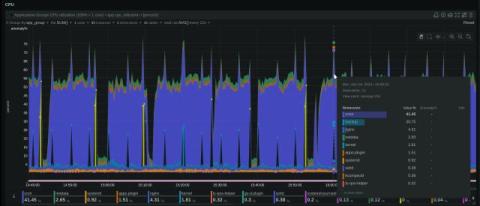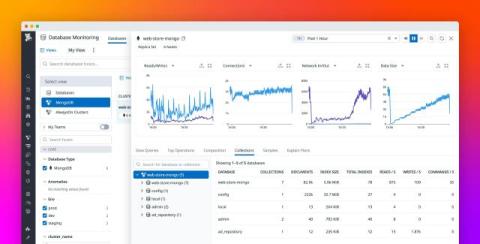Understanding IoT Logging Formats in Azure and AWS
Internet of Things (IoT) devices are everywhere you look. From the smartwatch on your wrist to the security cameras protecting your offices, connected IoT devices transmit all kinds of data. However, these compact devices are different from the other technologies your organization uses. Unlike traditional devices, IoT devices lack a standardized set of security capabilities, making them easier for attackers to exploit.











